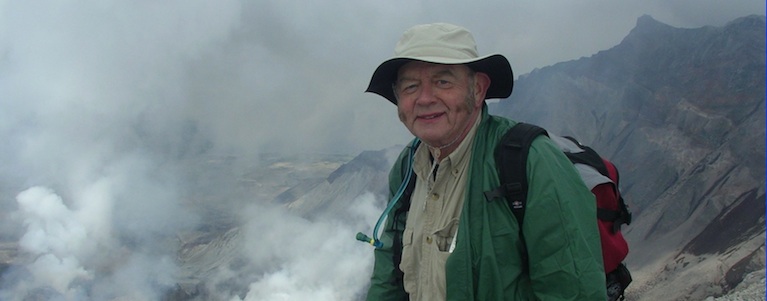“Things could have gone either way.”
British Prime Minister Bo-ris Johnson said his personal battle with the coronavirus “could have gone either way” and said there was “no question” doctors saved his life, speaking in a candid video message after leaving hospital Sunday.
The UK leader checked into hospital a week ago and spent three days in intensive care after he was diagnosed with COVID-19 at the end of March, the most high-profile leader to come down with the virus.
Dressed in a suit and tie, Johnson thanked his doctors and vowed to help Britain defeat the virus as the country’s death toll topped 10,000 Sunday — a grim milestone only a handful of countries have passed.
“I hope they won’t mind if I mention in particular two nurses who stood by my bedside for 48 hours when things could have gone either way,” said Johnson, referring to the state-run National Health Service (NHS) staff who cared for him at London’s St Thomas’ Hospital.
He said he was discharged af-ter “a week in which the NHS has saved my life, no question,” and officials said he would now convalesce at Chequers, the country estate of British prime ministers, on the advice of his medical team.
“The reason in the end my body did start to get enough oxygen was because for every second of the night they were watching and they were thinking and they were caring and making the interventions I needed,” he said of the medical staff.
Johnson is said to have disregarded the early recommendations for masks, separation, stay-at-home and disinfection of surfaces.
Johnson has announced England’s plan to reopen.
Parts of it:
1. “This is not a short-term crisis. It is likely that COVID-19 will circulate in the human population long-term, possibly causing periodic epidemics. In the near future, large epidemic waves cannot be excluded so we cannot afford to make drastic changes,” the government said.
2. The government says that any of the reduced social distancing measures will be rein-stated if the changes increase infections.
3. Those in the clinically extremely vulnerable group will continue to be advised to shield themselves for some time yet.
4. All those who cannot work from home should travel to work if their workplace is open. For the foreseeable future, workers should continue to work from home rather than their normal physical work-place, wherever possible
5. Schools should prepare to begin to open for more children from 1 June. The government’s ambition is for all primary school children to return to school before the summer for a month if feasible.
6. Everybody should continue to avoid public transport wherever possible and avoid peak times. Social distancing guidance on public transport must be followed rigorously.
7. All international arrivals must self-isolate in their accommodation for 14 days on arrival into the UK.
When will it end?
COVID apparently will be with the human population permanently, like the influenza viruses.
We’re forced to face the fact that this COVID pandemic probably can only end when we, the earth’s human population, develop “herd immunity” to it.
Health experts believe herd immunity requires about 60% of a population become immune. Then infections, though they may spread to a person or two, soon encounter an immune per-son and stop there.
The American population is about 250 million, so 60% is about 150 million of us who must catch and recover from it for us to see the “end” of it. Estimates are that we may reach 60% infections and the “end” of it around the end of this year.
Two medications have been found to arguably be able to help us recover: Remdesavir and Hydroxychloroquine, though neither is suggested as a “cure” and actually none are yet actually approved for use against COVID except in testing situations. Remdesivir has shown promise in shortening hospital recovery time. Hydroxychloroquine has now been shown in a random, double blind trial to have no positive effect but continues to be used based on hear-say reports.
Vaccines to prevent us from catching it are under develop-ment but health experts don’t expect a vaccine to become available until 2021.
The attempt to track and trace and quarantine all Americans who have it or who have been closely exposed to COVID probably might have succeeded if they’d been started when the first several cases occurred in the US, but now when the virus is so widespread throughout us, tracking and tracing are unlikely to be successful.
Our situation seems unbelievable. The entire human population of the earth has been hammered by this new virus. Any-how, it’s not the first time, as we were hammered much worse than this by the virus pandemic of 1917-1918.
Science and Digital Briefs By Shopper Editor Dave Bunting, May 13
Filed under Uncategorized
